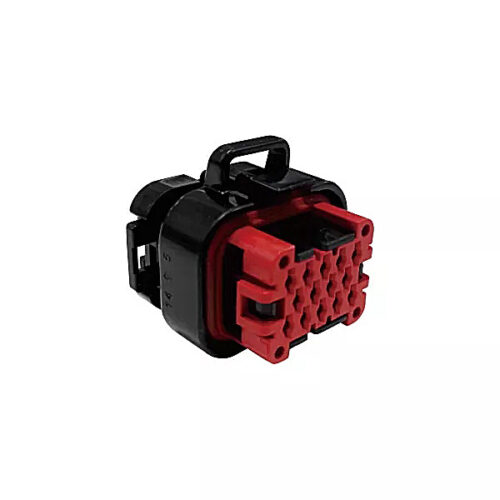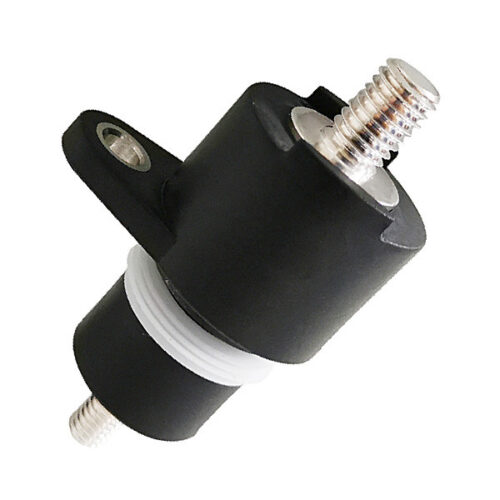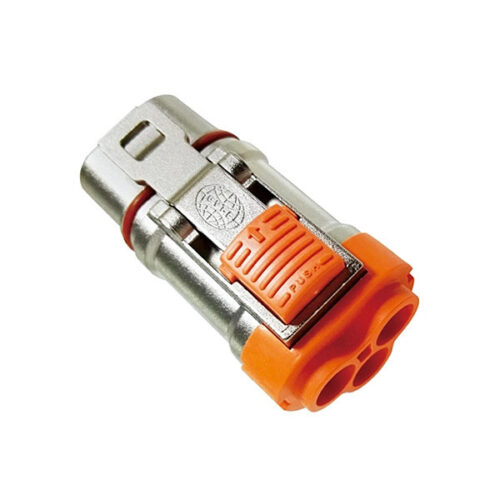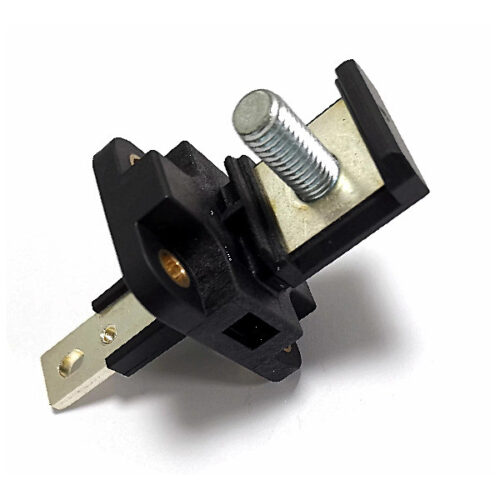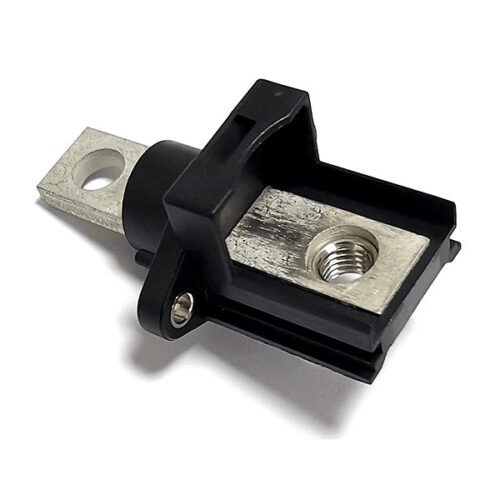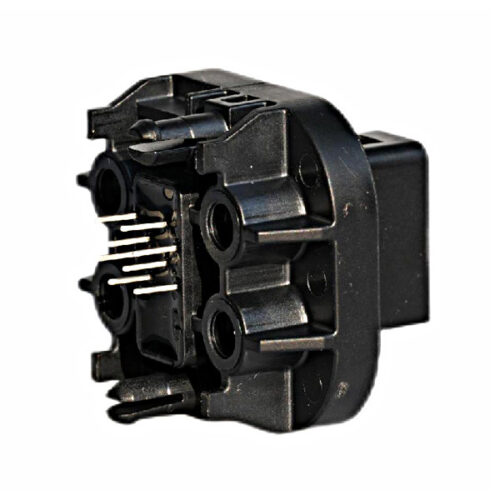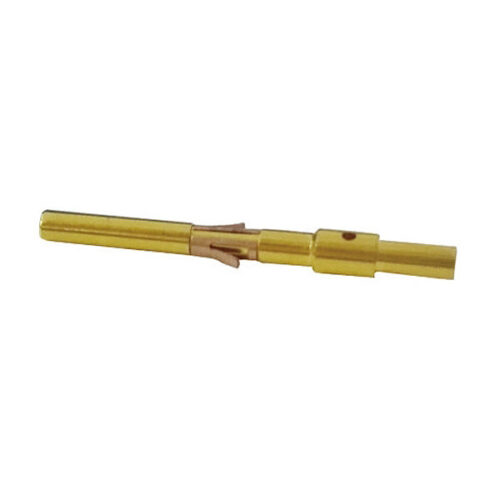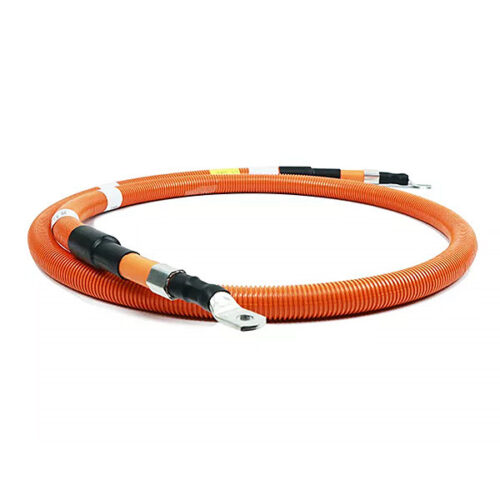Blogs & News
We are focus on automotive wiring harness & connectors technology.
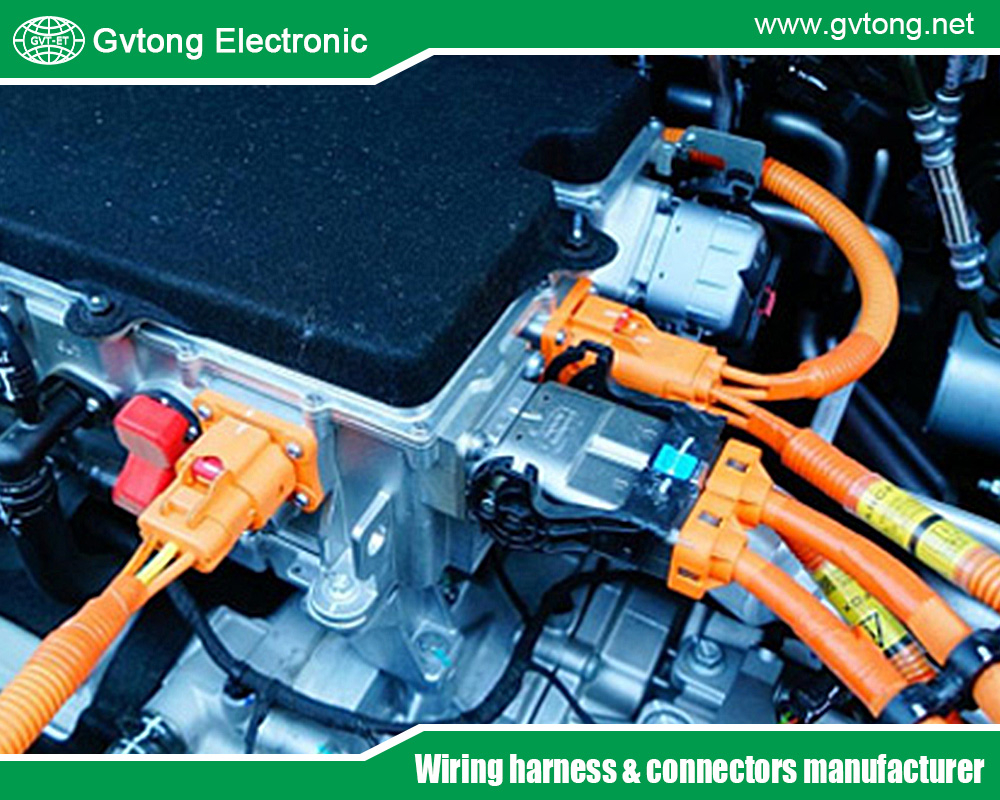
Debunking More About the Mystery of Automotive Electrical Connectors
- Gvtong Electronic
- ADAS sensor connectors, Anti-vibration automotive connectors, automotive antenna connector, automotive coaxial connector, automotive data connector, automotive electrical connector, Automotive electrical connectors, automotive electrical connectors kit, Automotive Electrical Connectors Manufacturer In Thailand, automotive electrical connectors supplier, Automotive electrical connectors types, automotive electrical connectors waterproof, automotive high - frequency, automotive High voltage connector, automotive Low voltage connector, automotive Oil-resistant Connectors, automotive power distribution, Automotive shielded connectors, automotive vibration - resistant, automotive waterproof connectors, Battery management system (BMS) connectors, Blind-mate automotive connectors, China Automotive Electrical Connectors Manufacturers, EV charging connectors, Fuel cell connectors, High-speed data connectors, High-temperature resistant connectors, In-cabin infotainment connectors, Lightweight automotive connectors, Low-contact resistance connectors, Modular automotive connectors, Oil-resistant automotive connectors, Pre-charge/discharge connectors, repair automotive electrical connectors, V2X communication connectors
- No Comments
Debunking More About the Mystery of Automotive Electrical Connectors
Automotive electrical connectors are the unsung heroes of modern vehicles. These small but mighty components are responsible for linking the intricate web of electrical systems that power everything from your headlights to your car’s computer. Without them, your vehicle wouldn’t start, your radio wouldn’t play, and your safety features wouldn’t function. Yet, despite their critical role, many myths and misconceptions surround these connectors, leading to confusion and sometimes costly mistakes. In this article, we’ll debunk some of the most common myths about automotive electrical connectors and shed light on the mysteries of these essential components.
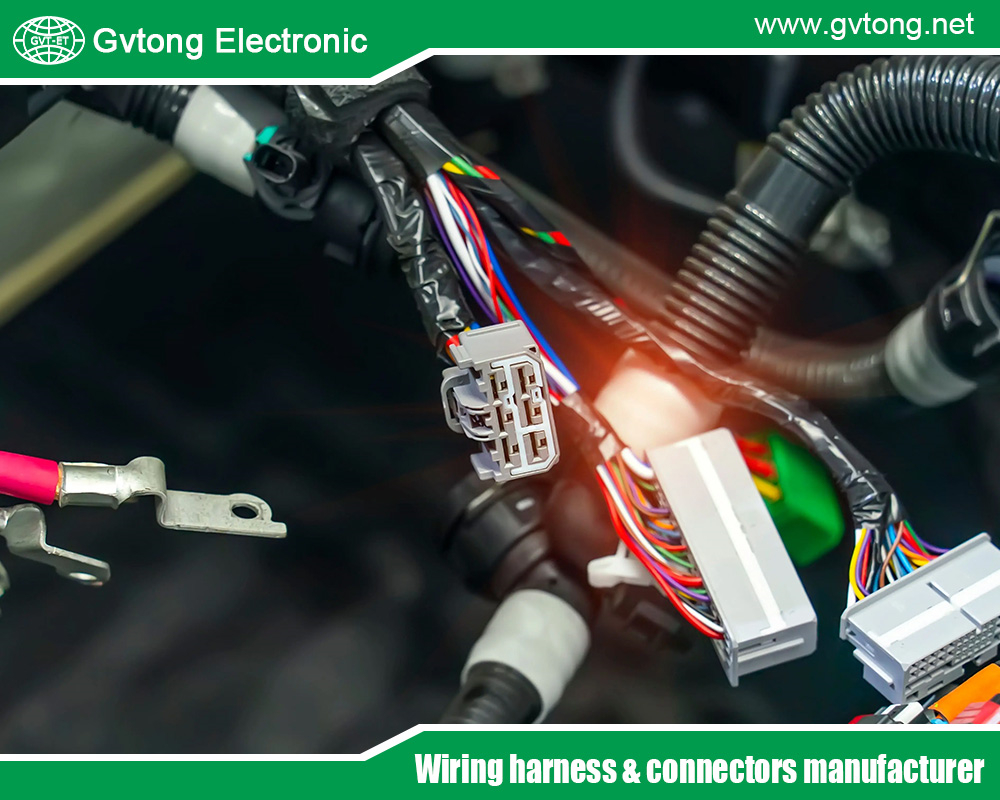
Introduction: The Hidden Backbone of Your Vehicle
Imagine your car as a human body. The engine is the heart, the wheels are the legs, and the electrical system is the nervous system, sending signals and power to every part. At the core of this nervous system are electrical connectors—tiny plugs and sockets that ensure electricity flows where it’s needed. These connectors are like synapses in the brain, enabling communication and coordination between different systems.
But just as the nervous system can be misunderstood, so too are automotive connectors. Many drivers and even some mechanics hold misconceptions about what these connectors do, how they work, and why they matter. In this article, we’ll clear up the confusion by debunking five common myths about automotive electrical connectors. By the end, you’ll have a clearer understanding of these vital components and why they deserve more attention than they often get.
Myth 1: All Connectors Are the Same
One of the most widespread myths is that all automotive electrical connectors are interchangeable or essentially the same. This couldn’t be further from the truth. In reality, there are numerous types of connectors, each designed for specific purposes, environments, and electrical loads.
The Reality: Variety Is Key
Automotive connectors come in a range of shapes, sizes, and materials, tailored to their function. For example:
- Power connectors are built to handle high currents, like those connecting the battery to the starter motor. These are often larger and made of robust materials to withstand significant electrical loads.
- Data connectors, such as those used in onboard diagnostics (OBD) ports, are designed for transmitting information rather than power. They prioritize precision and low resistance to ensure accurate data flow.
- Sensor connectors link delicate components like oxygen sensors or temperature gauges, requiring small, reliable designs that can handle low-voltage signals.
Moreover, connectors differ in their pin configurations, locking mechanisms, and sealing capabilities. Some are waterproof for use in exposed areas like under the hood, while others are designed for high-vibration environments near the wheels. Using the wrong connector can lead to poor performance, electrical shorts, or even fires. For instance, swapping a power connector for a data connector could fry sensitive electronics, while using a non-sealed connector in a wet area might cause corrosion. So, no—connectors are not all the same, and choosing the right one is crucial.
Myth 2: Connectors Are Just for Power Transmission
Another common misconception is that electrical connectors are only there to transmit power. While power transmission is a key function, it’s far from the only one.
The Reality: Multifunctional Marvels
Automotive connectors serve several critical roles beyond just delivering electricity:
- Data Transmission: Modern vehicles are packed with computers and sensors that constantly communicate. Connectors enable this data exchange, allowing systems like the engine control unit (ECU) to adjust fuel injection based on real-time inputs from sensors. For example, the ECU relies on connectors to “talk” to the throttle position sensor, ensuring your engine responds smoothly when you press the gas pedal.
- Signal Control: Connectors help manage signals for everything from turn indicators to brake lights. They ensure that the right signals reach the right components at the right time, preventing chaos like brake lights flashing when you signal a turn.
- Grounding: Some connectors provide grounding paths, which are essential for completing electrical circuits and preventing voltage spikes that could damage sensitive electronics. A poor ground connection might cause erratic behavior, like dashboard warning lights flickering for no reason.
In short, connectors are the linchpins of both power and information flow in your vehicle. Without them, your car’s systems wouldn’t be able to coordinate, leading to malfunctions or complete breakdowns. Think of them as the messengers that keep your vehicle’s electrical “conversation” flowing smoothly.
Myth 3: Connectors Are Not Important for Vehicle Performance
Some people believe that connectors are minor components that don’t significantly impact a vehicle’s performance. This myth often leads to neglect, with drivers ignoring signs of connector wear or damage until it’s too late.
The Reality: Connectors Are Critical to Performance and Safety
A single faulty connector can wreak havoc on your vehicle’s performance. Here’s how:
- Power Loss: A corroded or loose connector can increase electrical resistance, leading to voltage drops. This might cause dim headlights, a sluggish starter motor, or even prevent the car from starting altogether. Imagine trying to crank your engine on a cold morning, only to hear a faint click because a connector isn’t delivering enough juice.
- Erratic Behavior: In data or signal connectors, poor connections can cause intermittent faults—like a check engine light that flickers on and off or a radio that cuts out randomly. These issues can be maddening to diagnose without recognizing the connector’s role.
- Safety Risks: Connectors are integral to safety systems like airbags, anti-lock brakes (ABS), and stability control. A failed connector in these systems could mean the difference between a safe stop and a dangerous skid. For example, if an ABS connector fails, your brakes might lock up on a wet road, increasing the risk of a crash.
In essence, connectors are as important as the wires they join. Neglecting them can lead to decreased fuel efficiency, poor engine performance, and compromised safety. Regular inspections—checking for loose pins, corrosion, or melted plastic—can catch problems early, ensuring your vehicle stays reliable and safe.
Myth 4: Connectors Are Easy to Replace and Don’t Require Maintenance
There’s a belief that automotive connectors are simple plug-and-play components that don’t need much attention. Some even think that if a connector fails, it’s a quick and easy fix.
The Reality: Maintenance Matters, and Replacement Can Be Tricky
While some connectors are indeed straightforward to replace, many are not. Here’s why:
- Location: Connectors are often tucked away in hard-to-reach places, like behind the dashboard, under seats, or deep in the engine bay. Accessing them can require disassembling parts of the vehicle, which is time-consuming and sometimes requires specialized tools. For instance, replacing a connector in a wiring harness behind the firewall might mean hours of labor.
- Complexity: Modern vehicles use wiring harnesses that bundle multiple connectors and wires together. Replacing a single connector might involve untangling or even replacing the entire harness, which can cost hundreds of dollars. Cutting corners by splicing wires instead of replacing the harness properly can lead to future failures.
- Maintenance Needs: Connectors do require maintenance. Over time, they can accumulate dirt, moisture, or corrosion, especially in areas exposed to the elements. Regular cleaning with electrical contact cleaner and the application of dielectric grease can help prevent these issues. Additionally, connectors in high-vibration areas—like those near the suspension—may need periodic tightening to ensure they stay secure.
Ignoring maintenance can lead to premature failure, while assuming that replacement is always easy can lead to frustration and unexpected repair bills. It’s best to treat connectors with care and address issues early. A little preventative effort, like checking connectors during routine oil changes, can save you from bigger headaches later.
Myth 5: Connectors Are Not Affected by Environmental Factors
Some people think that once installed, connectors are immune to the harsh conditions inside a vehicle. This myth can lead to a false sense of security, especially in regions with extreme weather.
The Reality: Environment Plays a Major Role
Automotive connectors are exposed to a variety of environmental stressors that can degrade their performance over time:
- Temperature Extremes: Connectors in the engine bay face scorching heat (sometimes over 200°F), while those near the wheels might endure freezing cold. Temperature fluctuations can cause materials to expand and contract, potentially loosening connections or cracking seals. A cracked seal might let water in, spelling disaster for the connector.
- Moisture and Humidity: Water is a connector’s worst enemy. It can cause corrosion, short circuits, or even complete failure. While many connectors are sealed with rubber gaskets, these seals can degrade over time, especially in areas prone to splashing—like near the wheels—or high humidity. A rusty connector pin might mean no power to your fuel pump, stranding you on the roadside.
- Vibration: The constant shaking from driving, especially on rough roads, can loosen connectors or cause tiny fractures in the wires. This is particularly problematic for connectors that aren’t designed with vibration resistance in mind, like those with simple clip locks instead of screw-down mechanisms.
- Chemical Exposure: Connectors near the engine or fuel system may come into contact with oil, gasoline, or road salt, which can erode protective coatings or damage the connector’s materials. Over time, this exposure can weaken the connector, leading to unreliable connections.
To combat these challenges, manufacturers design connectors with specific protections, like rubber seals for waterproofing, gold plating for corrosion resistance, or locking tabs for vibration security. However, no connector is entirely immune, and environmental factors must be considered when diagnosing electrical issues. For example, if your car’s lights flicker after driving through a puddle, a waterlogged connector might be the culprit.
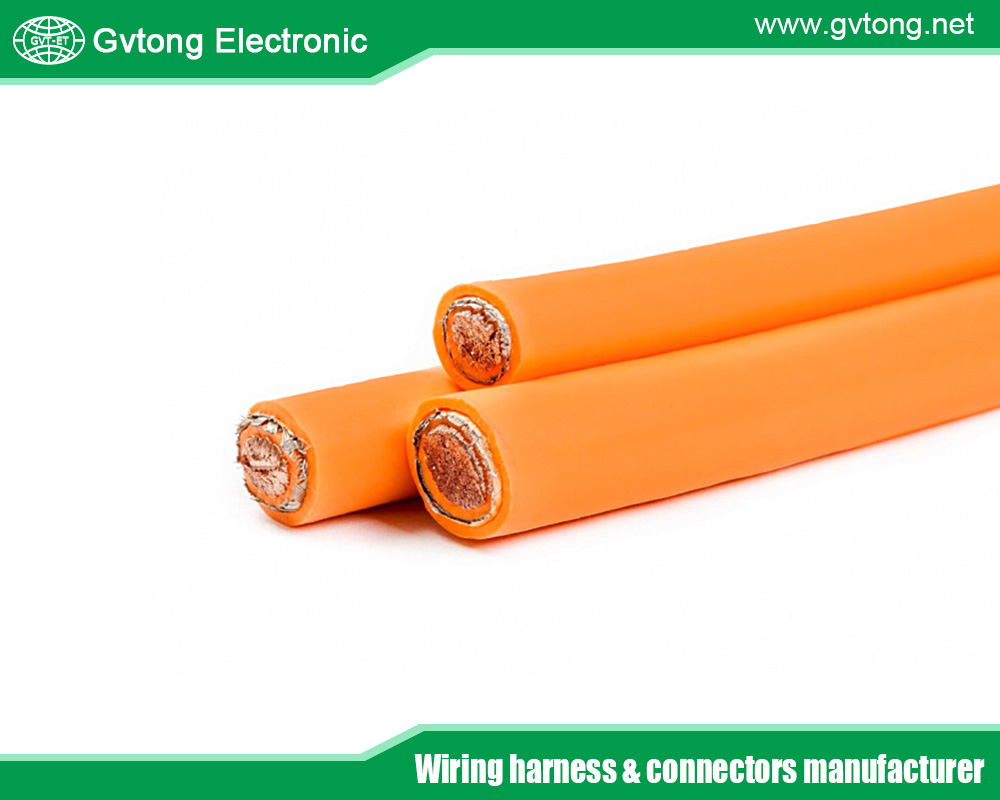
Conclusion: Unraveling the Mystery
Automotive electrical connectors may seem mysterious, but they don’t have to be. By debunking these common myths, we’ve uncovered the truth about these vital components:
- Connectors are diverse, each designed for specific tasks, from power delivery to data transfer.
- They do more than transmit power—they enable data flow and signal control, keeping your car’s systems in sync.
- They are crucial for performance and safety, directly impacting how your vehicle runs and protects you.
- They require maintenance and can be challenging to replace, especially in complex systems or tight spaces.
- Environmental factors can degrade connectors, making protection and regular checks essential.
Understanding these facts empowers you to take better care of your vehicle. Whether you’re a DIY enthusiast troubleshooting a flickering dashboard light or just a curious driver wanting to know more, recognizing the role and importance of electrical connectors can help you spot issues early, avoid costly repairs, and keep your car running smoothly for years to come.So, the next time you turn the key (or press the start button), take a moment to appreciate the tiny connectors working behind the scenes—they’re the hidden backbone of your vehicle’s electrical system, and now, their mystery is a little less mysterious.
For more about debunking more about the mystery of automotive electrical connectors, you can pay a visit to Gvtong at https://www.gvtong.net/ for more info.

